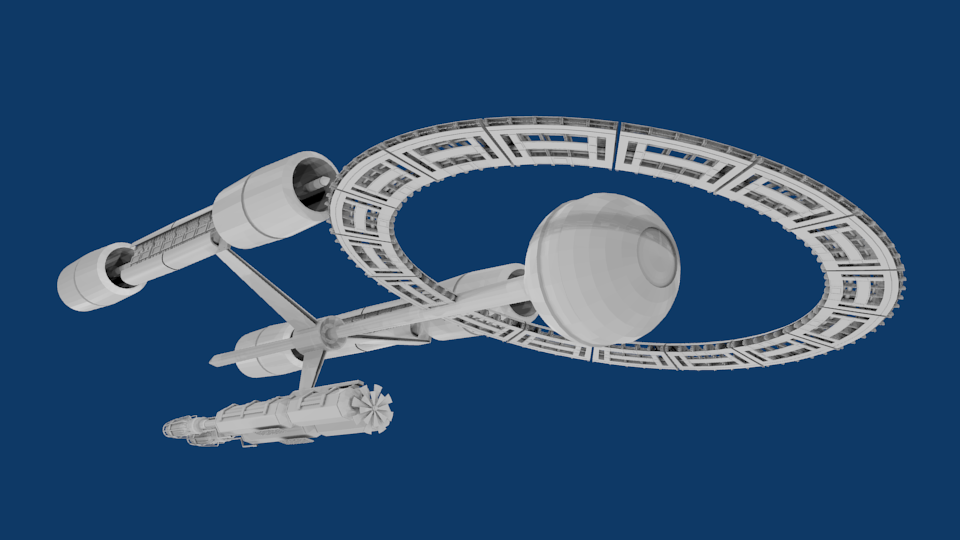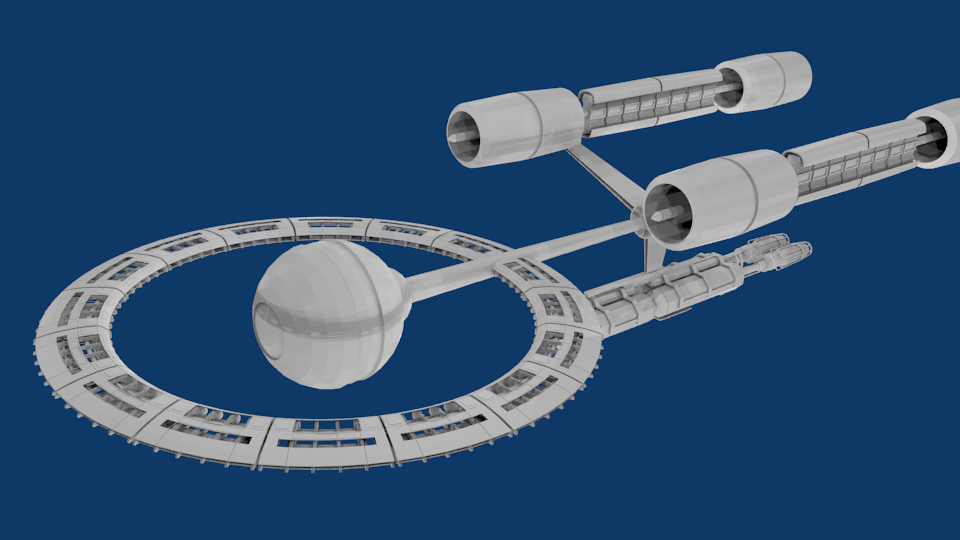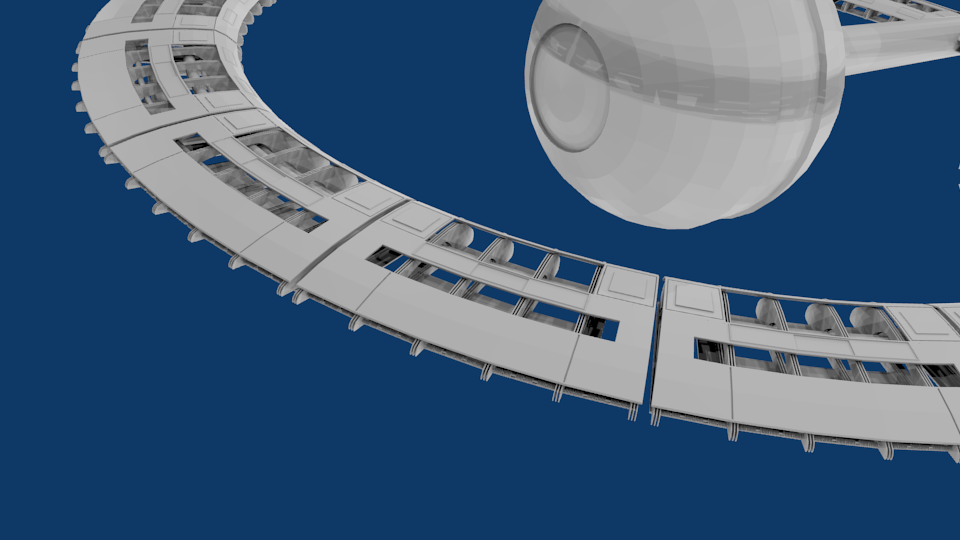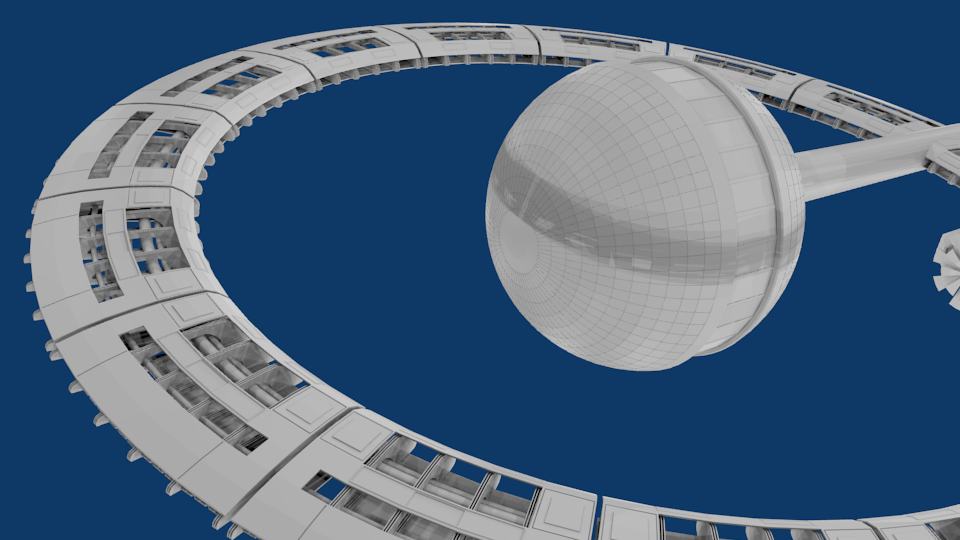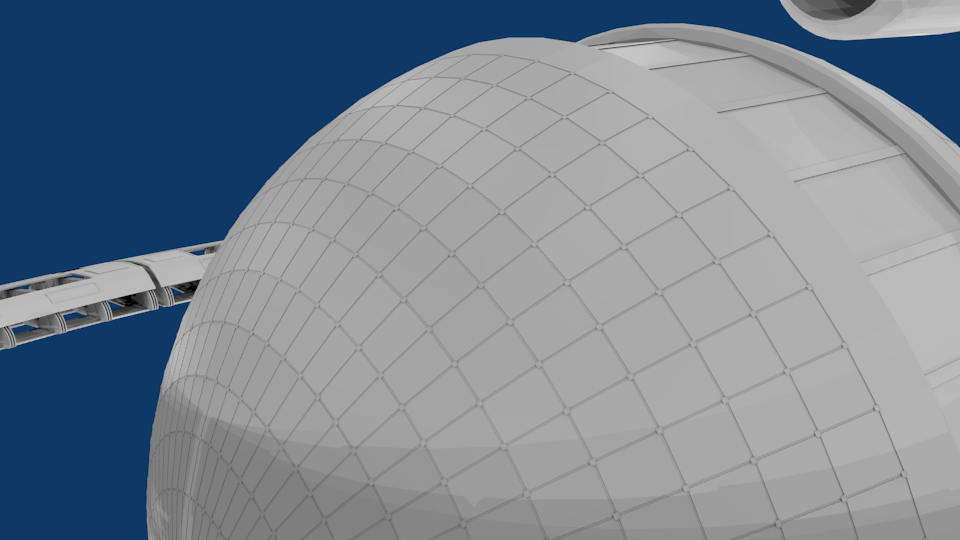space is big. pull back far enough from the solar system, and its a disc. everything you'd care about is in that thin little disc.
Yes, but we're not talking about being far away from the system, we're talking about the safest way to
arrive in the system given the hazard of the particles ejected forward from a ship coming out of warp. So this is a close-range sort of conversation.
and you seem to be thinking that warp travel is all straight line. you're going to need to be able to adjust course to come into a system anyway, so why not optimize your arrival trajectory?
First off, I've already explained that if we're talking about current Alcubierre-based warp theory, then it probably would be a straight-line sort of thing -- the direction in which a warp bubble propagates is the same as the direction the ship was moving when it initiated the warp bubble. In order to change course, you'd have to drop out of warp and reorient yourself.
Second, optimizing your arrival trajectory is exactly what we're talking about here. But in order to know how to optimize it, you need to know what the hazards are. The first step is defining the dangers, the second is determining how to minimize or avert them. And I have already offered at least two clear suggestions on how to do so: One, come in at a steep enough angle to the system's disk that your "particle forewash" (to coin a term) will only intersect it at a narrow point, minimizing the chances it will hit anything, and two, overshoot the system and neutralize warp pointing away from it. So I don't know what gave you the impression that I wasn't already talking about optimized trajectories.
But that's the whole point: it
would be at relativistic velocity. The longer your travel, the more the energy of the particles caught in the warp builds up.
http://www.universetoday.com/93882/warp-drives-may-come-with-a-killer-downside/#ixzz2FaZsXDuM
It sounds like this is the same kind of runaway feedback loop you get in wormholes if you don't have exotic matter to stabilize them -- the potential for the energy of the particles to ramp up without limit. So hell yes, we are talking about a very, very dangerous effect here.
and if you assume it *is* focused by the warp effect, its trivial to point it somewhere harmless in a volume as large as a solar system.
Not necessarily. The article continues:
So how to avoid disintegrating your port of call? It may be as simple as just aiming your vessel a bit off to the side… or, it may not. The research only focused on the planar space in front of and behind the warp bubble; deadly postwarp particle beams could end up blown in all directions!
So this may be a bigger problem than we thought....
And yes, of course you can point it somewhere harmless (maybe), but the point is that you need to know where the harmless directions are. You'd need a detailed, updated map of every inhabited object or vessel in the system you were approaching. Sure, the odds of hitting anything by accident in the vastness of space are minuscule, but the danger is so great that it would be reckless not to be aware of the risk and take every feasible step to minimize it. When you're controlling a ship with the power to annihilate an entire civilization just by slowing down, it is
not okay to shrug and say "Meh, it'll work itself out."

